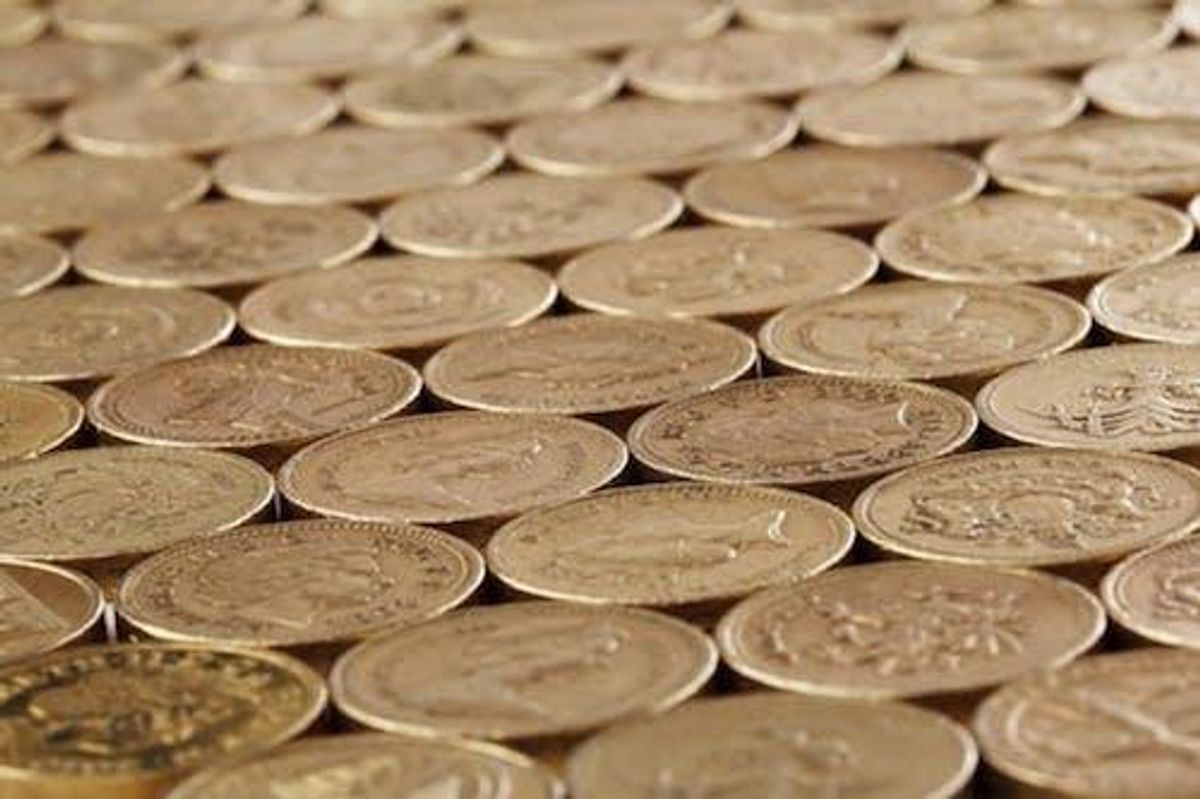5 Highlights of the World Gold Council’s Q1 Demand Trends Report

According to the World Gold Council’s gold demand report for Q1 2018, global demand for the precious metal fell 7 percent year-on-year.
The World Gold Council’s (WGC) Gold Demand Trends report for Q1 2018 has been released, and it shows global gold demand fell 7 percent year-on-year to come in at 973.5 tonnes.
With demand at its lowest for Q1 since 2008, the report states that the decline was due to “a fall in investment demand for gold bars and gold-backed ETFs, partly due to range-bound gold prices.”
Overall, ETF inflows were down, bar and coin investment tumbled and jewelry demand was flat; meanwhile, central banks did more buying, reaching levels not seen since 2014. Read on to learn more about what the WGC says in the report.
1. ETF inflows were down year-on-year
ETF inflows fell 66 percent year-on-year, sitting at 32.4 tonnes versus the 96 tonnes seen in Q1 2017.
“The environment during the first three months of 2018 was more varied: a relatively stable gold price and rising interest rates contrasted with sharp equity market volatility and periods of heightened geopolitical risk to create mixed signals for gold investors,” the WGC states.
The group also notes that North America-listed ETFs saw their strongest quarterly inflows since Q2 2016, while investment in Europe was flat and holdings in gold-backed ETFs in the Asian region fell by 3.6 tonnes because of outflows from China.
2. Investment in gold bars and coins was down
Global bar and coin demand declined 15 percent year-on-year to come in at 254.9 tonnes.
“Q1 2017 was relatively strong, as investors responded to heightened political uncertainty and fears of currency weakness. Such concerns have since faded and, coupled with a range-bound gold price across most major markets, the year started with relatively subdued bar and coin demand,” says the WGC.
Chinese investors largely pushed the decline as demand for gold bars and coins fell 26 percent year-on-year and came in at 78 tonnes during the quarter.
India’s bar and coin demand also decreased, falling 13 percent to 27.9 tonnes.
“The government’s focus on unaccounted income continued to crimp this part of the market, with retail investors wary of heightened surveillance. Dealers also reported a negative spill-over from the faltering real estate market, traditionally a source of cash with which to fund gold purchases,” states the WGC.
3. Jewelry demand was flat
In Q1, jewelry demand was relatively stable at 487.7 tonnes, just 3.9 tonnes short of 2017’s Q1 results.
However, the WGC notes that despite demand being relatively flat, the market remains weak “when compared with longer-term historical average levels: five and ten-year quarterly average demand was 592.1 tonnes and 556.3 tonnes respectively.”
WGC also says there were variances at the country level, with gains concentrated in China and the US.
4. Central banks bought more gold
Central bank demand for gold increased to 116.5 tonnes in Q1, up 42 percent from 82.2 tonnes in the year-ago period, becoming the highest Q1 total since 2014.
Of the 116.5 tonnes, Russia, Turkey and Kazakhstan bought a net 91 tonnes in Q1.
“Since becoming net buyers in 2010, central banks have bought — on average — 114.9 tonnes per quarter. Net purchases have become more concentrated since the 2013 peak: Russia, Turkey and Kazakhstan … account for nearly 50 percent of net purchases over the last five years,” the WGC adds.
5. Gold supply up 3 percent year-on-year
While the WGC’s report focuses mainly on gold demand, it does briefly cover supply for the yellow metal as well. While mine production “grew fractionally” to 770 tonnes, gold miners “returned to marginal net hedging of 5.8 tonnes in Q1, as the price rose in key currencies,” says the organization.
The recycling sector was steady in Q1, with supply from recycled gold reaching 287.7 tonnes and being virtually unchanged from the previous Q1 of 287.3 tonnes.
“Despite a rising gold price in many key markets as global uncertainty and depleted volumes of near-market stocks choked this source of supply. The general level of recycling in both Q1 2017 and Q1 2018 was at its lowest since 2007 as the impact of a higher gold price, which tends to spur recycling activity, was offset by stronger global growth,” says the WGC.
Don’t forget to follow us @INN_Resource for real-time news updates!
Securities Disclosure: I, Nicole Rashotte, hold no direct investment interest in any company mentioned in this article.




